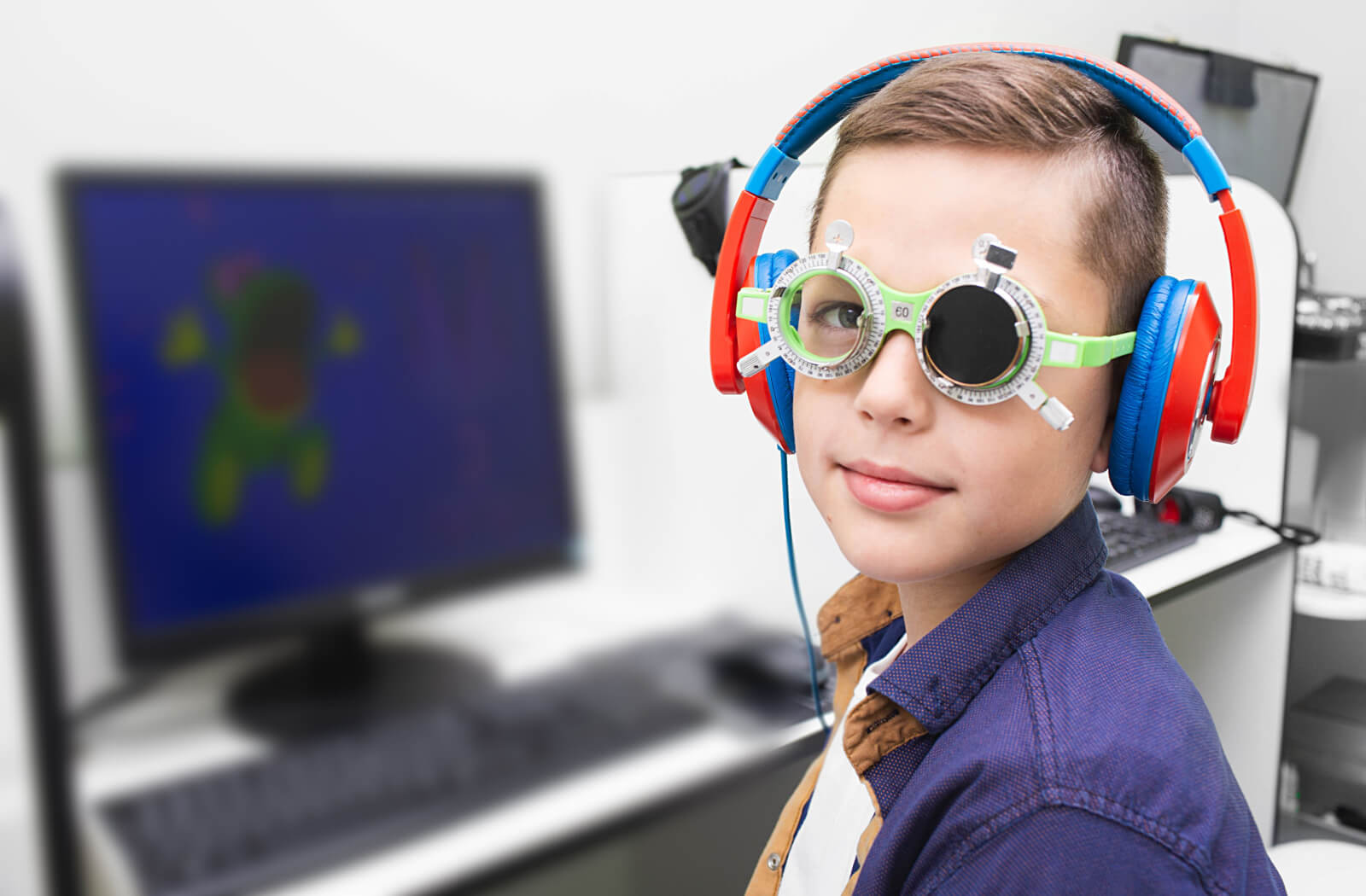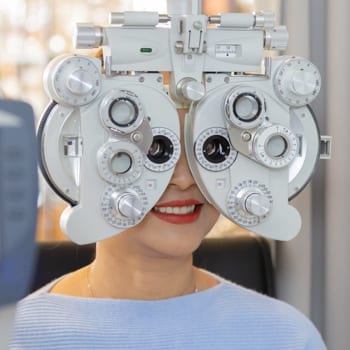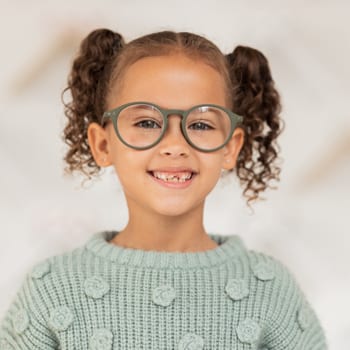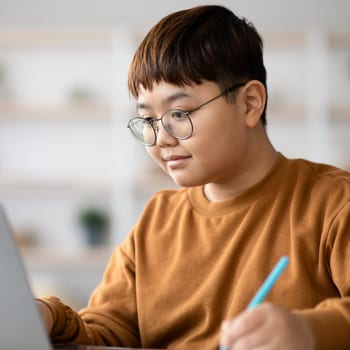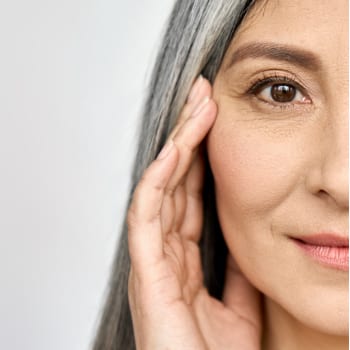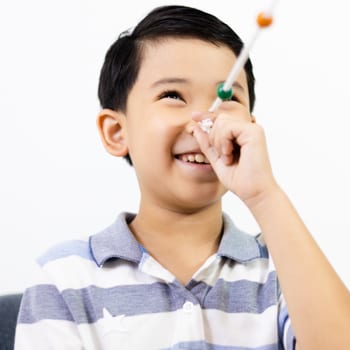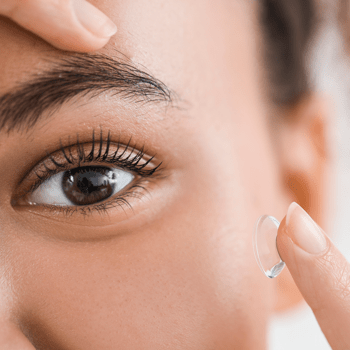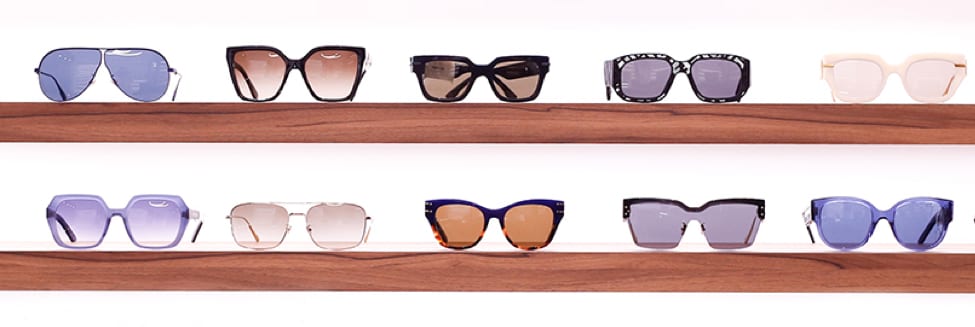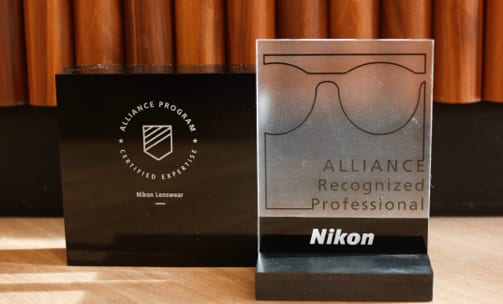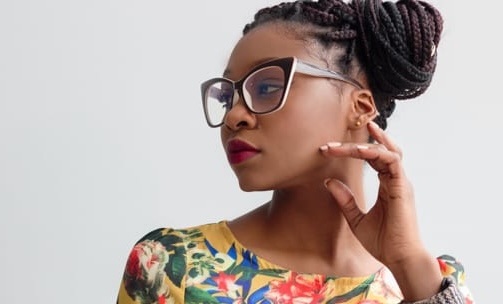There is a widespread belief that a lazy eye can only be treated until the age of 8. Unfortunately, people who are older than that may be denied access to effective treatment due to this myth, which has been thoroughly researched and proven to be false.
Lazy eye treatment should begin as soon as possible, ideally before the age of 7. Although treating this condition before this age is usually more effective, it’s never too late to treat lazy eye.
The best thing you can do is to stay on top of your child’s regular eye exams. That way, lazy eye is more likely to be diagnosed early, and you can begin treatments to help your child’s vision.
What Is Lazy Eye?
Lazy eye, or amblyopia, is a common condition that affects the development of vision in one or both eyes.
Lazy eye can cause the brain to prefer one eye over the other, resulting in blurred vision in the affected eye. In this case, each eye receives its own image that doesn’t match the other, and the brain shuts down and suppresses the image from the weaker eye to compensate.
One of the most noticeable signs of lazy eye is a difference in the visual acuity, or sharpness of vision, between the 2 eyes. This can be detected with a comprehensive eye exam.
If lazy eye is suspected, your optometrist may perform additional tests to confirm the diagnosis and determine the appropriate treatment. This may include tests to measure visual acuity, eye movement, and eye alignment. Your eye doctor may:
- Use an eye chart to test your vision
- Shine a light in each of your eyes
- Put drops in your eyes to dilate your pupils
- Cover one eye at a time to asses eye tracking
Strabismic amblyopia is the most noticeable type of lazy eye because one eye wanders outwards, inwards, up, or down, but many cases of lazy eye can be difficult to detect without an eye exam.
Early signs of amblyopia in children can include:
- Tilting their head to see
- Disinterest or difficulty reading or writing
- Having trouble with depth perception
- Squinting or shutting one eye
When Can It Be Treated?
While lazy eye can be treated effectively in young children, it’s never too late to treat this eye condition.
The effectiveness of treatment may decrease as your child gets older because the brain becomes more “hardwired” and less able to adapt to visual changes as a child grows. While it’s never too late to treat lazy eye, it won’t go away on its own. But, there are different treatment options available at any stage of life.
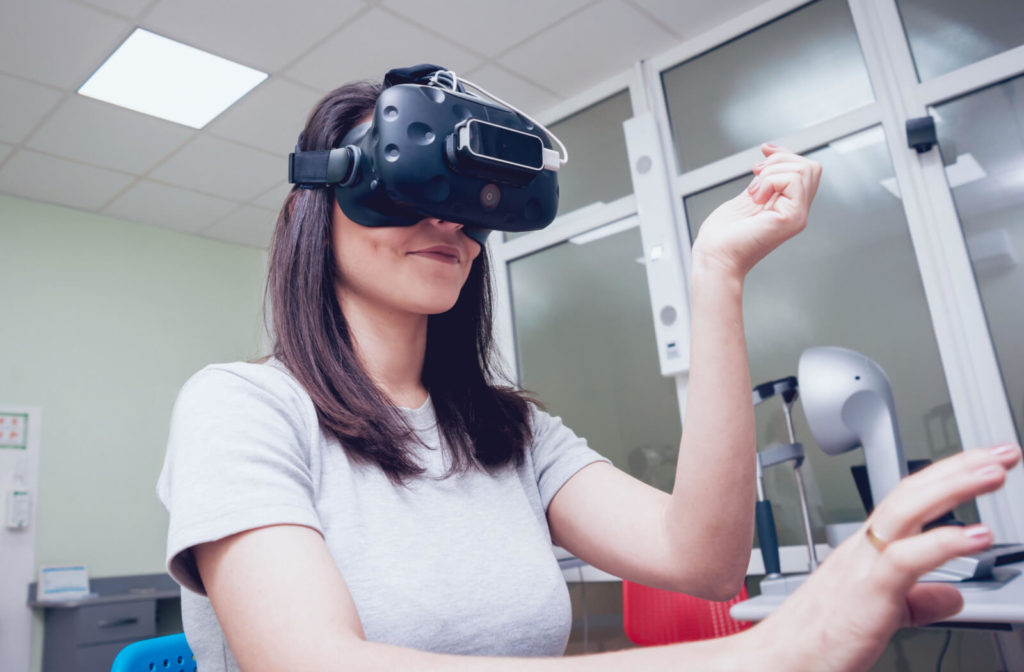
How to Treat Lazy Eye
Methods for treating amblyopia aim to train the brain to use the weaker eye. Among the options are:
- Vision therapy
- Eye patching
- Glasses & contact lenses
- Eye drops
Vision Therapy
Vision therapy helps children’s or adults’ visual abilities by utilizing a series of personalized exercises to improve eye coordination, depth perception, and vision suppression. Suppression occurs when the brain stops using the weaker eye, resulting in vision loss.
Eye Patching
Amblyopia treatment may include using an eye patch to force the weaker eye to work harder. Patches reduce visual input in the dominant eye, forcing the brain to rely on information from the weaker eye.
The eye patch is worn for a duration of time recommended by your optometrist. Treatment can vary and may be used in tandem with vision therapy.
Glasses & Contact Lenses
Glasses or contact lenses can help correct lazy eye problems caused by nearsightedness, farsightedness, or astigmatism.
Eyedrops
Atropine eye drops can temporarily blur vision in the stronger eye. The drops encourage your child to use the weaker eye, providing an alternative to a patch. Side effects can include light sensitivity and eye irritation.
What Happens If You Don’t Treat Lazy Eye
Untreated lazy eye can lead to permanent vision loss in the affected eye, as well as reduced depth perception and difficulty with fine-motor tasks.
It can also lead to decreased self-esteem and social difficulties, as children with lazy eye may have trouble participating in activities that require good vision, such as sports or reading.
If you’re looking for ways to help treat lazy eye, whether for your child or yourself, it’s never too late. Book an appointment with the team at Foresee Eyecare so we can help determine which treatment option is right for you.

